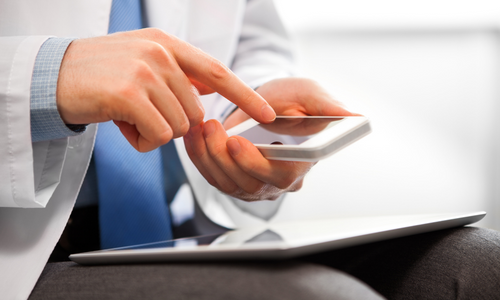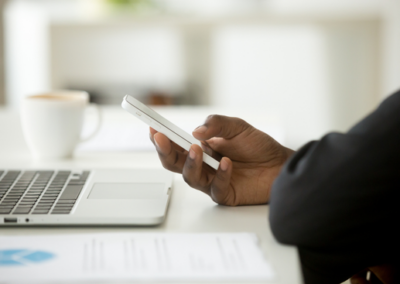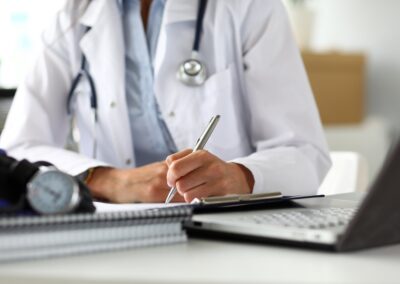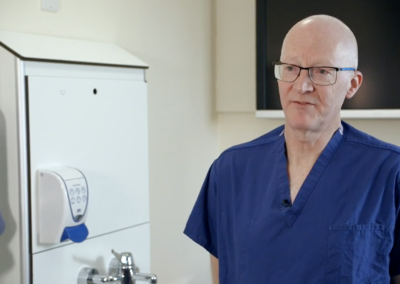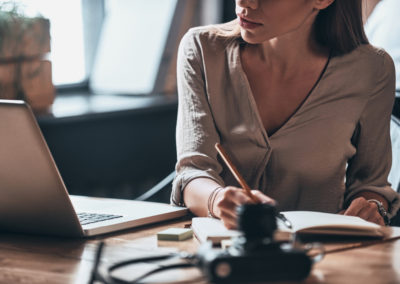‘It is very quick and intuitive to use. Once the photo has been taken, it can then be dealt with by the admin team at the surgery.’ – Pete Roberts.
Clinicians in Bedfordshire Luton and Milton Keynes ICB have had access to Enhanced Advice & Guidance provided by Consultant Connect since 2017. The service comprises Telephone Advice & Guidance, rapidly connecting clinicians with specialists over the phone, and PhotoSAF, an IG-secure clinical photography feature. We spoke with GP Dr Margaret Kalilani-Themuka and Pete Roberts, Advanced Paramedic Practitioner, who use the service to determine how it benefits them and their patients.
‘Before access to Telephone Advice & Guidance was available, I phoned the local hospital and tried to speak to a senior specialist in the relevant department, which was very time-consuming. Telephone Advice & Guidance is much better because it’s quick and efficient, saving time on an already busy day. The advice received is precise and given by experienced specialists in whichever specialty. I highly recommend it.’
– Dr Kalilani-Themuka.
Patient Example
‘I recently saw an unwell baby with low oxygen saturation. He had a slight cold, the patient’s mum was worried, and the examination was largely uninformative, apart from an oxygen saturation of 82%. I tried different oximeters, but the saturations were still low. I used Telephone Advice & Guidance via Consultant Connect to get specialist advice. I discussed my findings with a consultant paediatrician, who immediately advised that the patient be admitted. The patient was in hospital for four days and treated for the infection onsite.
Apart from the low saturations, the patient’s presentation was normal. Using Telephone Advice & Guidance that day was crucial. If I hadn’t had the conversation with the specialist, the patient would likely have been admitted due to a 999 call later that day.’
– Dr Kalilani-Themuka.
‘My role requires me to conduct home visits on behalf of GPs and clinic work. The PhotoSAF function is helpful because I always have my phone on me, and using the cloud server via an email link feels better from a governance perspective. This is a much better alternative to my previous options, which generally included using the practice’s digital camera, which wasn’t always available and, when it was, had often run out of battery. It’s very quick and intuitive to use. Once the photo has been taken, it can be dealt with by the admin team at the surgery.’
– Pete Roberts.
Patient Example
‘I regularly use PhotoSAF to record unusual rashes with unclear diagnoses. I also use it to take photos of wounds in the community, such as skin tears or minor burns, so that our community and practice nurses can compare healing during the patient’s ongoing care. PhotoSAF is useful because photos are saved in the patient’s medical records. When other clinicians involved in the patient’s care review the photos, they can better understand my clinical decisions. This is beneficial for the patient and all healthcare professionals involved.’
– Pete Roberts.
